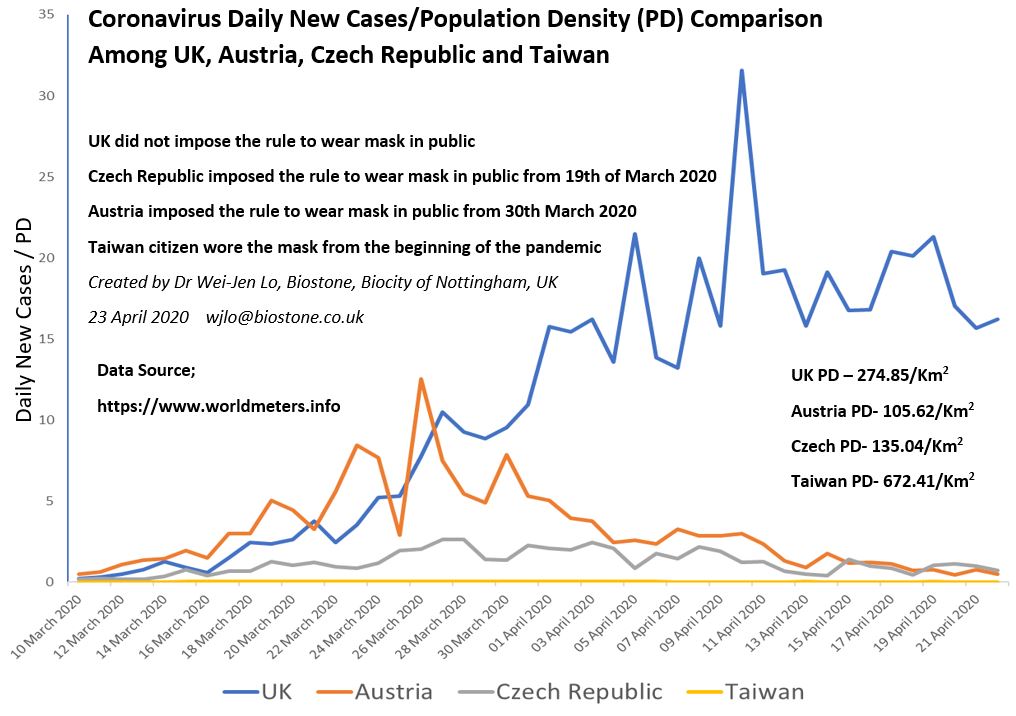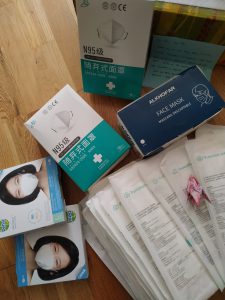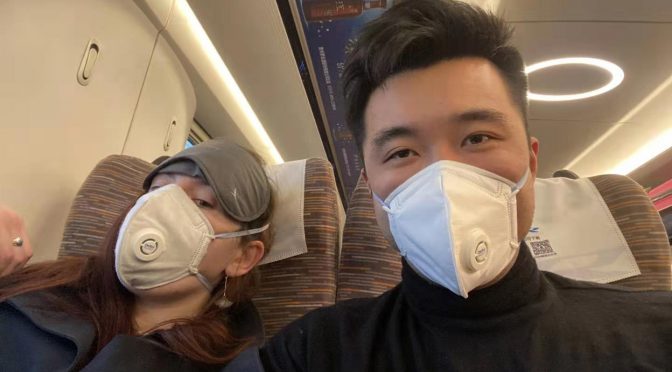 Finally, at long last, masks will be MANDATORY on UK public transport from 15 June. Far too late of course – as is to be expected from this craven, risk-averse, milquetoast, chumocratic apology for a government – but hoo-blinking-ray anyway.
Finally, at long last, masks will be MANDATORY on UK public transport from 15 June. Far too late of course – as is to be expected from this craven, risk-averse, milquetoast, chumocratic apology for a government – but hoo-blinking-ray anyway.
Masks help reduce covid transmission and so protect not only passengers but drivers.
33 bus drivers have died in London to date.
Why has this diktat taken so long? Well, you see, “masks undermine social distancing. Everyone knows that!” But everyone also knows that when the wind changes, your face stays that way. And eating crusts makes your hair curl.
Things everyone knows are not always true.
This week I challenged Suffolk’s Director of Public Health, Stuart Keeble, to supply the scientific evidence for the whole “masks undermine social distancing” story – which has been peddled in the UK at all levels. I called it an “urban myth”. He denied this. But has yet to come back to me with any scientific evidence whatsoever.
On the other side, Dr Greenhalgh – an Oxford Professor of Primary Care and passionate advocate of mask-wearing to reduce community transmission – has recently published this peer reviewed paper analysing the evidence behind counter arguments and shows it to be (at best) weak: Face coverings for the public: Laying straw men to rest //onlinelibrary.wiley.com/doi/10.1111/jep.13415
When I blogged in March (yes, you heard it, MARCH) on how to make your own masks– stating clearly they helped reduce transmission rather than infection and were particularly useful in taking pressure off scanty PPE supplies (and that the pattern was approved by local medics) – o lord, what a fuss there was from local keyboard experts! (A lot of the arguments that were made about this – now far from- controversial idea, are addressed and put to bed in Dr Greenhalgh’s paper.)
Yet it turns out from Suffolk’s latest figures on covid infection in care homes, that the virus must have come in via people from outside: visitors, deliveries, staff. Care homes were briefed fully on infection control. Transmission was their Achilles heel. Why were they, why were we not alerted to the benefits of wearing masks? The course of the pandemic might have run differently.

Here is an interesting table showing the path of infection in 4 countries – and when each made mask-wearing compulsory. Imagine if everybody in the UK had started wearing facemasks on the day I had blogged – instead of passing on remarks about incorrect usage (really, how hard is it to cover your nose and mouth?), how they reduced social distancing and so on.
Imagine, if instead of criticising Asia, we in the UK had taken a steer from them, and implemented face covering for all as well as hand washing and social distancing. I would then have not have been receiving emergency masks from anxious friends in China to give to all of us poor Suffolk people they saw as vulnerable and unprotected.

